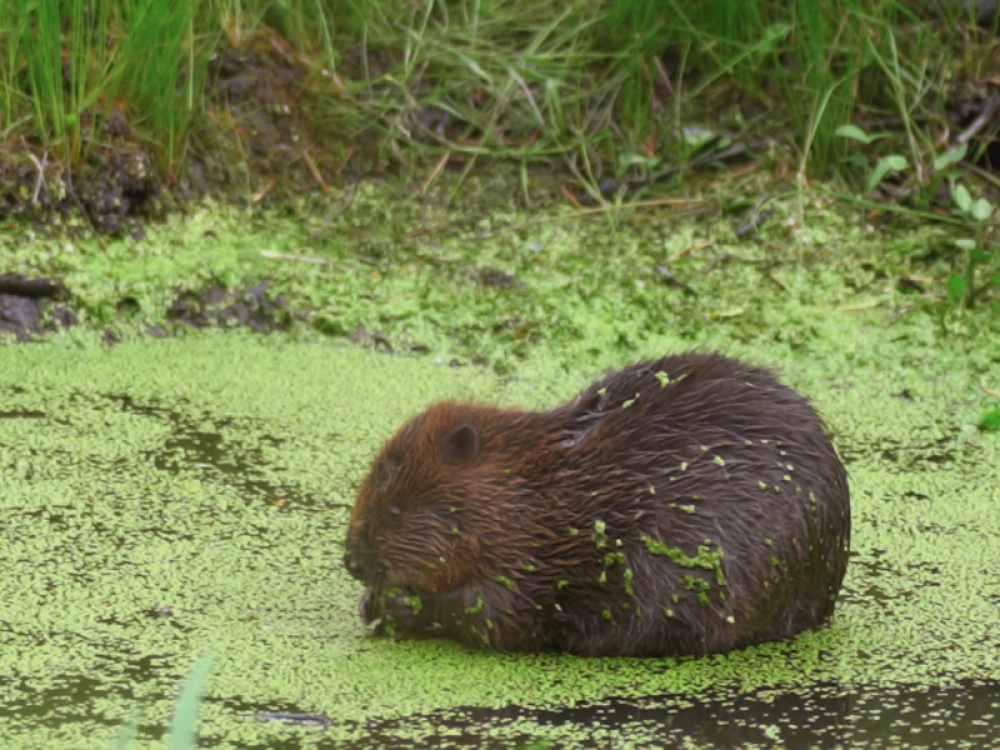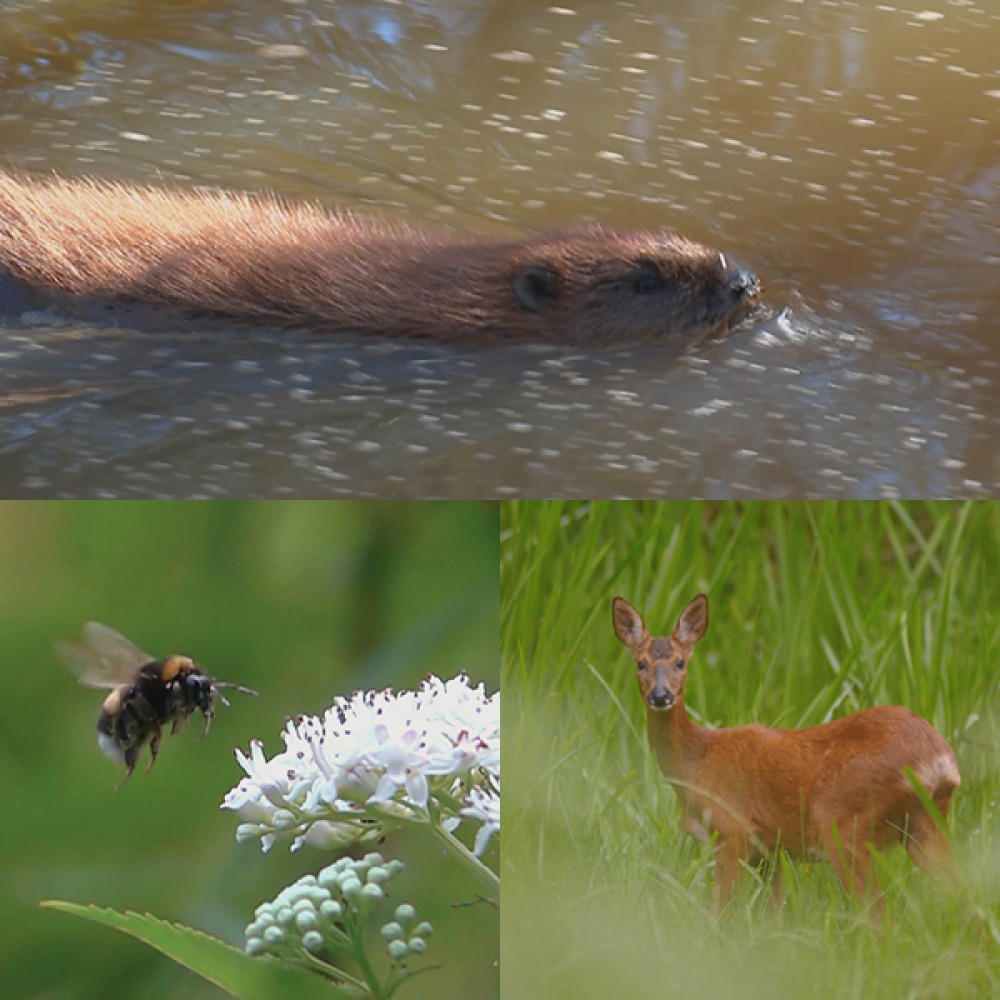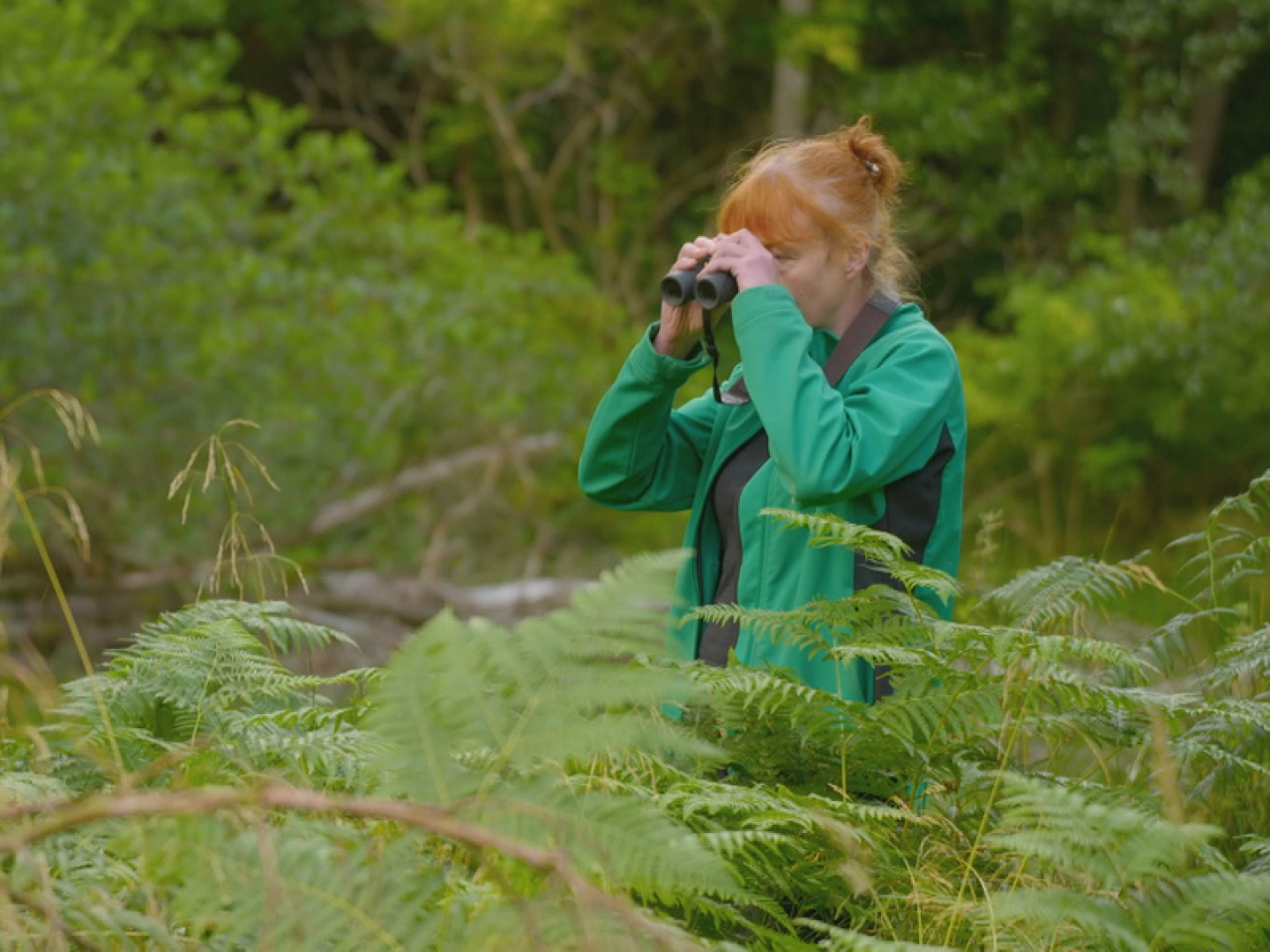The Busy Beavers of North Yorkshire’s Forests Set to Appear in Channel 5 Show the Secret Life of the Forest

The new series of Secret Life of the Forest follows a growing family of beavers in Dalby, Cropton and Langdale forests in North Yorkshire all working hard to improve the landscape and reduce the risk of flooding
Over the last two decades the communities downstream from Cropton Forest have suffered severe flooding, with the most serious flood in 2007 causing around £7 million worth of damage to homes and businesses. Man-made dams are currently in place but they’re expensive and time-consuming to maintain. To help tackle the problem, in April 2019, two beavers from Scotland were released into an enclosure in Cropton Forest as part of a five-year scientific trial. ‘The main aim of the trial is to see what impact the beavers have on reducing the flow of water to reduce the risk of flooding downstream, but we’re looking at the impact on the biodiversity in the area as well,’ explains ecologist Cath Bashforth. ‘Do the beavers change their habitat in a way that benefits wildlife, or the opposite?

‘We did a biodiversity survey with more than 40 fantastic volunteers who were involved before the beavers were released, and we’re monitoring the wildlife throughout the trial to see how it changes. They’ve been very successful breeders and have had 10 kits while they’ve been here. We’ve relocated two of those to other projects so there’re 10 beavers on site at the moment and they’re all doing an amazing job. They’ve built a couple of significant dams which have proved to be successful in reducing the speed at which the water travels through the site. Instead of just rushing down one channel, it’s spreading out across the floodplain so it’s taking longer to get through, and the knock-on effect is that it reduces the risk of flooding downstream. We’re also seeing quite a big increase in the wildlife that’s on site – we’re seeing new species come in, and an increase in other species such as bats and otters. It’s been a great success so far!’
Beavers build dams to create deep water that gives them protection from predators, therefore creating diverse wetlands. They live in beaver lodges within the ponds that can only be accessed by their underwater entrances (while they’re slow-moving on land, they’re brilliant swimmers) and they also help to clean water and reduce silt levels.
Cath says this project has been the highlight of her career. ‘I’ve been involved from the early planning stages right through to now and to see the site transform and the beavers making the place their own has just been absolutely fantastic,’ she adds. ‘Visitors to the forests sometimes don’t notice everything that’s around them, so hopefully [the series] will help people to have more of an appreciation for the forest – understanding that it’s more than just trees. There are so many different diverse habitats here that make it so unique, and the creatures that live within those habitats are so important.’
Read More: Six Yorkshire Walks with Spectacular Views


As the beavers’ site can’t be accessed by members of the public, watching the series is the only way you can see them up close in action. ‘[Beavers are] the only other creature, apart from man, that will significantly change their environment to meet its own needs,’ Cath explains. ‘I think there’s a great lack of knowledge about beavers in Britain because we haven’t had the experience of them in the wild for many years (they became extinct 400 years ago) so it’s not a creature in our living memory. To be able to see them up close is something quite special and I hope it encourages the younger generation to think more about the environment and realise what opportunities there are out there.’
Cath and her team are continuing to monitor the successes of the project and the health and wellbeing of the beaver family, and she hopes they will have more kits arriving this year.







